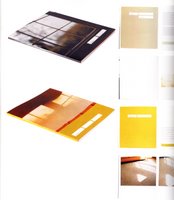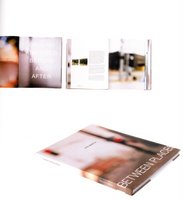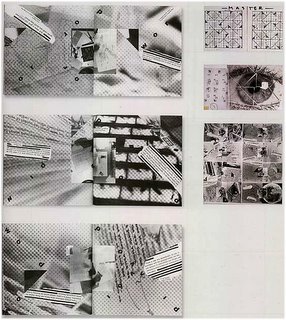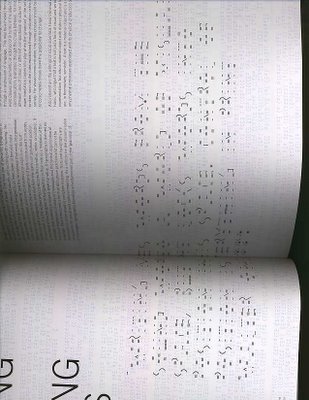


design: Base Design
Publisher: FAD
Year: 2001
Country: Spain
Making the most of its wide panoramic format, the book places text and images in various-sized boxes on a complex interlocking grid system. the latter evokes the architectural qualities of the building the book is about, as is visible in the front-cover image of its facade.
Design: A.G. Fronzoni, Christian Aichner & Bernd Kuchenbeiser
Project: A.G. Fronzoni
Year:1998
Country: Italy/Switzerland
Reflecting the lightness of touch of Italian designer A.G. Fronzoni, this simple little book dispenses with a title or any other clue as to its contents on the outside. Instead, a single line of text wraps itself around the cover, beginning on the inside back flap and ending: "words left unspoken, unrequited love, giving, to become, to become poorer-'. Inside, the book further echoes the style of the designer with its use of narrow columns of text, giving a fluid, vertical dynamic to the page. All typography is set in 6pt Univers bold; the foliosare in Univers light.
Design: Piet Schreuders & Underware
Project: Read Naked
Year:2002
Country: Holland
Specially produced to withstand saunas, this book is resistant to hot steam up to 120˚F. Indeed, some elements are only visible when viewed inside a sauna at 80˚F and above. The book gives guidlines on drying the book out after use; methods include baking, Microwaving and drip-drying on a clothesline.
Produced to promote a new typeface called Sauna, the whole book has a strange, plasticized quality owing to the heat treatment. The pages are bound together by stitching that passes from front to back. Again, the binding method is resistent to extreme heat and humidity.








































